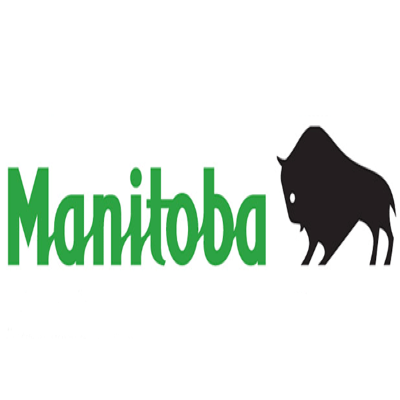Change
Type of resources
Available actions
Topics
Keywords
Contact for the resource
Provided by
Years
Formats
Representation types
Update frequencies
status
Service types
-
NFIS Project Office. This Web services are for forest change products that represents the first wall-to-wall characterization of wildfire and harvest in Canada at a spatial resolution commensurate with human impacts. The information outcomes represents 25 years of stand replacing change in Canada's forests derived from a single consistent spatially-explicit data source and derived in a fully automated manner.
-
Canada Population Density based on 2006 Census.
-

The geographic data from the land accounts of southern Quebec correspond to a set of matrix files with a spatial resolution of 50 meters, qualifying at three distinct times the type of land cover of Quebec territory located south of the 51st parallel. These geospatial data are those used in the [Southern Quebec Land Accounts, 2024 edition] project (https://statistique.quebec.ca/fr/document/comptes-des-terres-du-quebec-meridional-regions-administratives-et-provinces-naturelles), developed by the Institut de la Statistique du Québec (ISQ). These data are structured around nine land cover classes based on the standardization of the System of Economic and Environmental Accounting (SCEE): artificial surfaces, agricultural lands, forest wetlands, herbaceous or shrubby wetlands, inland waterways and bodies, inland waterways and bodies, inland waterways, coniferous forests with closed canopies, coniferous forests with closed canopies, coniferous forests with closed canopies, and forests with open canopies. The three maps of Quebec land cover are developed for three distinct periods of time: a first corresponding to the 1990s, a second to the 2000s and a third to the 2010s. Comparing these three land cover maps makes it possible to obtain a new product, i.e. two maps qualifying land cover changes (transition from one land cover class to another), one during the 1990s and the second during the 2000s. Land Accounts data are compiled using the [Vector grid system for a Quebec spatial data infrastructure] (https://www.donneesquebec.ca/recherche/fr/dataset/systeme-de-grilles-vectorielles-pour-une-infrastructure-quebecoise-de-donnees-spatiales). **This third party metadata element was translated using an automated translation tool (Amazon Translate).**
-

Forest Management Change in Canada 2017 and 2020 statistics. This Insights page provides Forest Management statistics in Canada in 2017 and 2020 and is part of the Story Map of Forest Management in Canada, 2020 (Aménagement des forêts au Canada, 2020).
 Arctic SDI catalogue
Arctic SDI catalogue